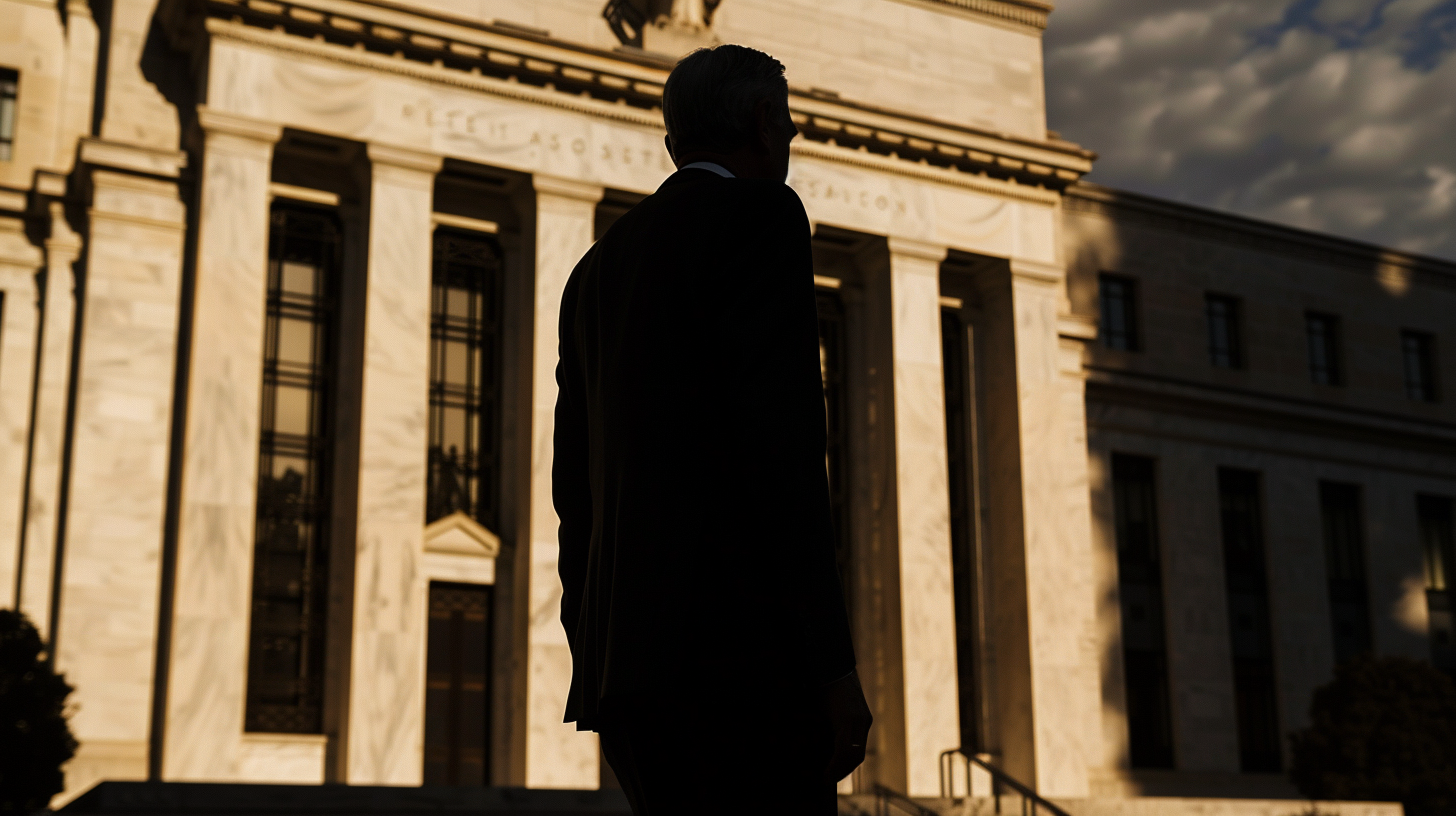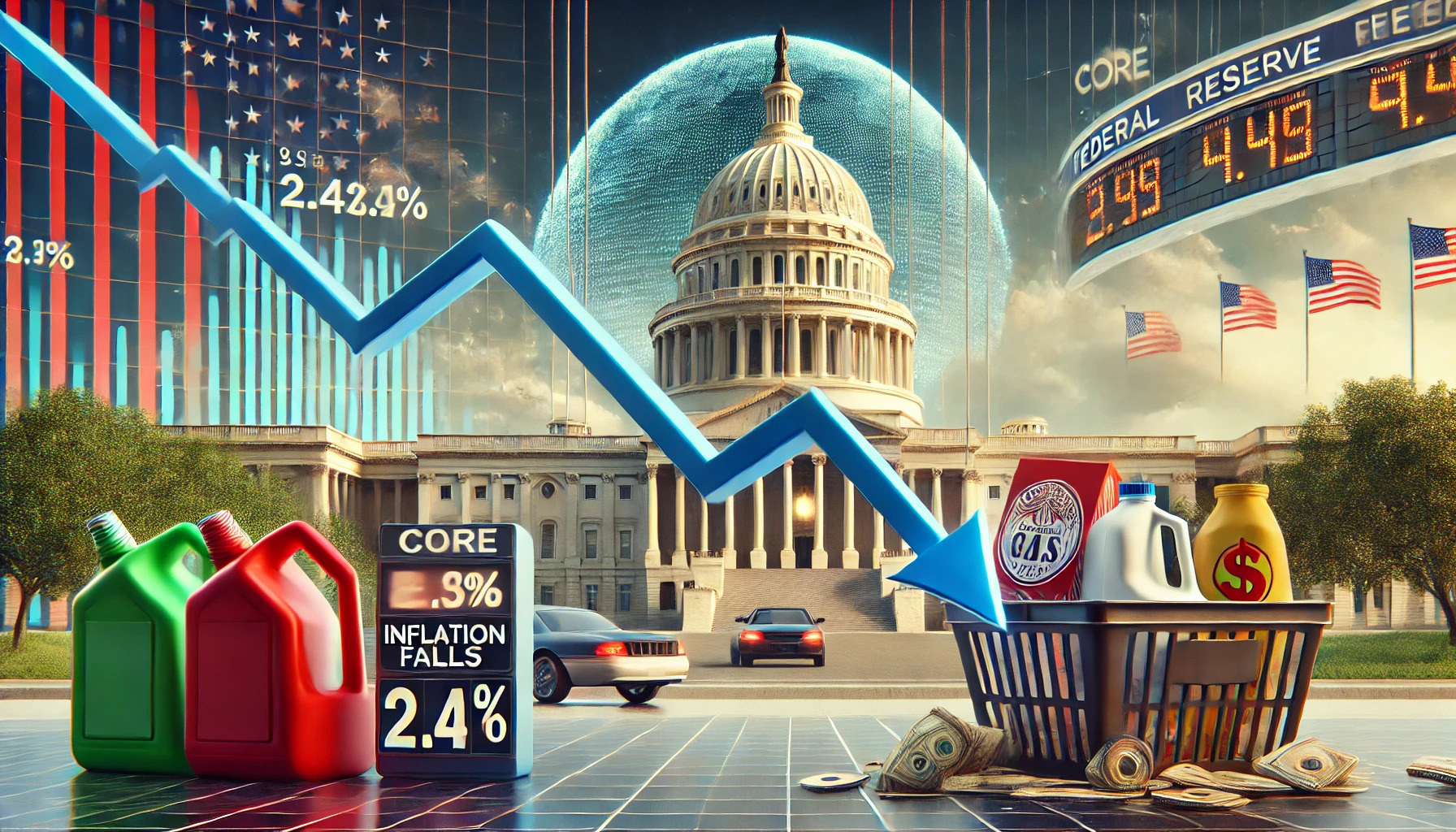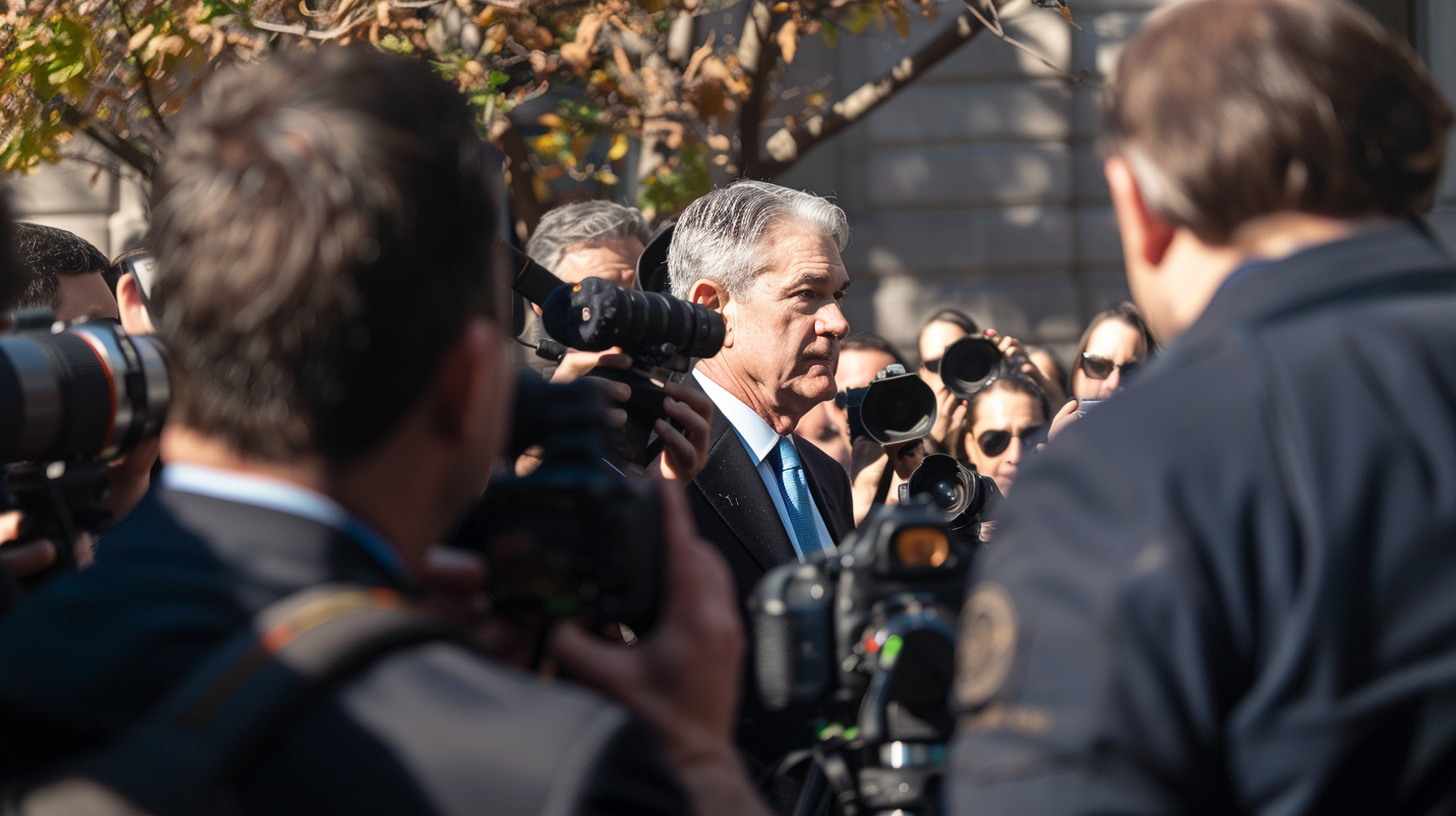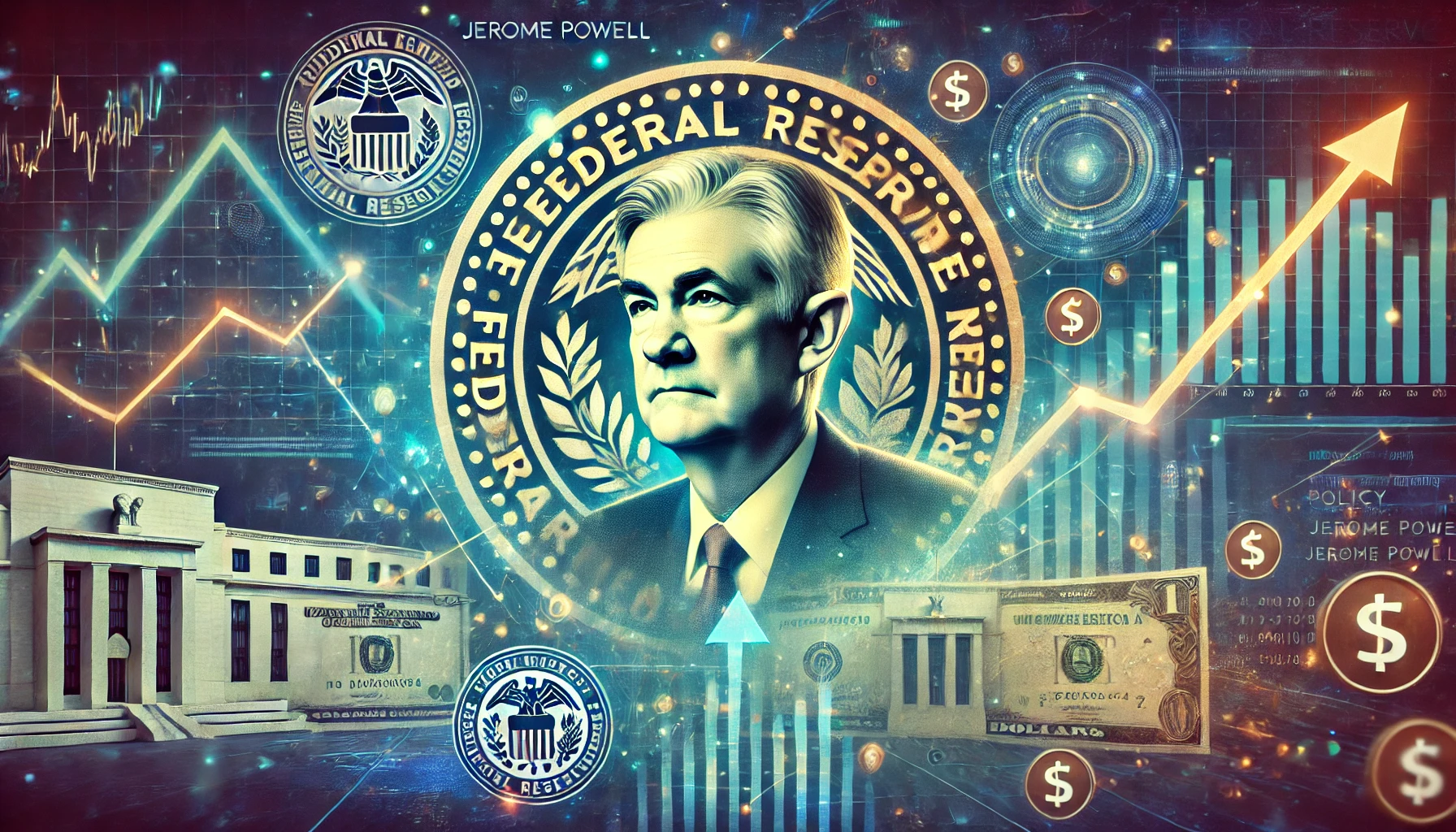| Key Points: – Stocks and the U.S. dollar dropped as markets reacted to Trump’s threat to remove Fed Chair Jerome Powell. – Concerns over Fed independence sparked a flight from U.S. assets into gold and foreign bonds. – Investors fear increased volatility, weakening confidence in the dollar and U.S. monetary policy. |
On Monday, April 21, 2025, U.S. financial markets experienced significant volatility following President Donald Trump’s renewed criticism of Federal Reserve Chair Jerome Powell. Trump’s public suggestion that he may attempt to remove Powell has heightened concerns about political interference in monetary policy — a cornerstone of market confidence. The S&P 500 dropped over 1%, while the Bloomberg Dollar Index fell to a 15-month low. Treasury yields jumped, pushing the 10-year above 4.4%, reflecting the market’s unease with rising inflation risk and a potentially less independent Fed.
At the same time, investors poured into safe-haven assets. Gold surged to a record above $3,400 an ounce, while the Swiss franc and Japanese yen rallied. The sharp movements signal not just a knee-jerk reaction to headlines, but deeper anxiety over the future of monetary policy. Analysts have warned that undermining the Fed’s credibility could cause long-term damage to the dollar’s global reserve status and complicate the central bank’s ability to steer the economy during periods of stress.
Markets are now on edge over the prospect of a politicized Federal Reserve. National Economic Council Director Kevin Hassett confirmed that Trump is reviewing the legality of removing Powell — a move seen by many as extreme and historically unprecedented. While legal scholars argue the president lacks the authority to fire the Fed Chair without cause, the noise alone has proven enough to shake investor confidence. Fed officials have maintained a measured tone, but Chicago Fed President Austan Goolsbee warned over the weekend that undermining central bank independence is a dangerous path.
For small and micro-cap investors, the ripple effects are particularly pronounced. These companies typically have tighter margins, higher debt costs, and fewer international buffers than large-cap peers. In a rising rate or inflationary environment — or worse, one with erratic policy signals — smaller firms can see financing dry up and market multiples compress rapidly. Investors focused on this space should be watching both policy headlines and macroeconomic indicators closely, as volatility may linger longer than anticipated.
Adding to market pressure, geopolitical tensions have grown. Reports that Chinese investors are reducing U.S. Treasury holdings in favor of European and Japanese debt point to an early-stage shift in global capital allocation. If trust in U.S. governance continues to erode, further capital outflows could strain markets even more. At the same time, the White House’s ongoing tariff disputes are reshaping trade routes and disrupting sectors from tech to commodities. All of this contributes to an environment where capital seeks safety — and where policymaker credibility is paramount.
This shifting market sentiment could have meaningful implications for small-cap stocks, particularly those tracked by the Russell 2000. As investors rotate away from large-cap tech and U.S. dollar-denominated assets, the Russell’s reconstitution later this year may spotlight high-quality domestic companies with strong fundamentals and less exposure to geopolitical volatility. For savvy investors, this uncertainty could ultimately shine a light on overlooked small-cap opportunities poised to benefit from changing capital flows and renewed interest in U.S.-focused growth stories.












